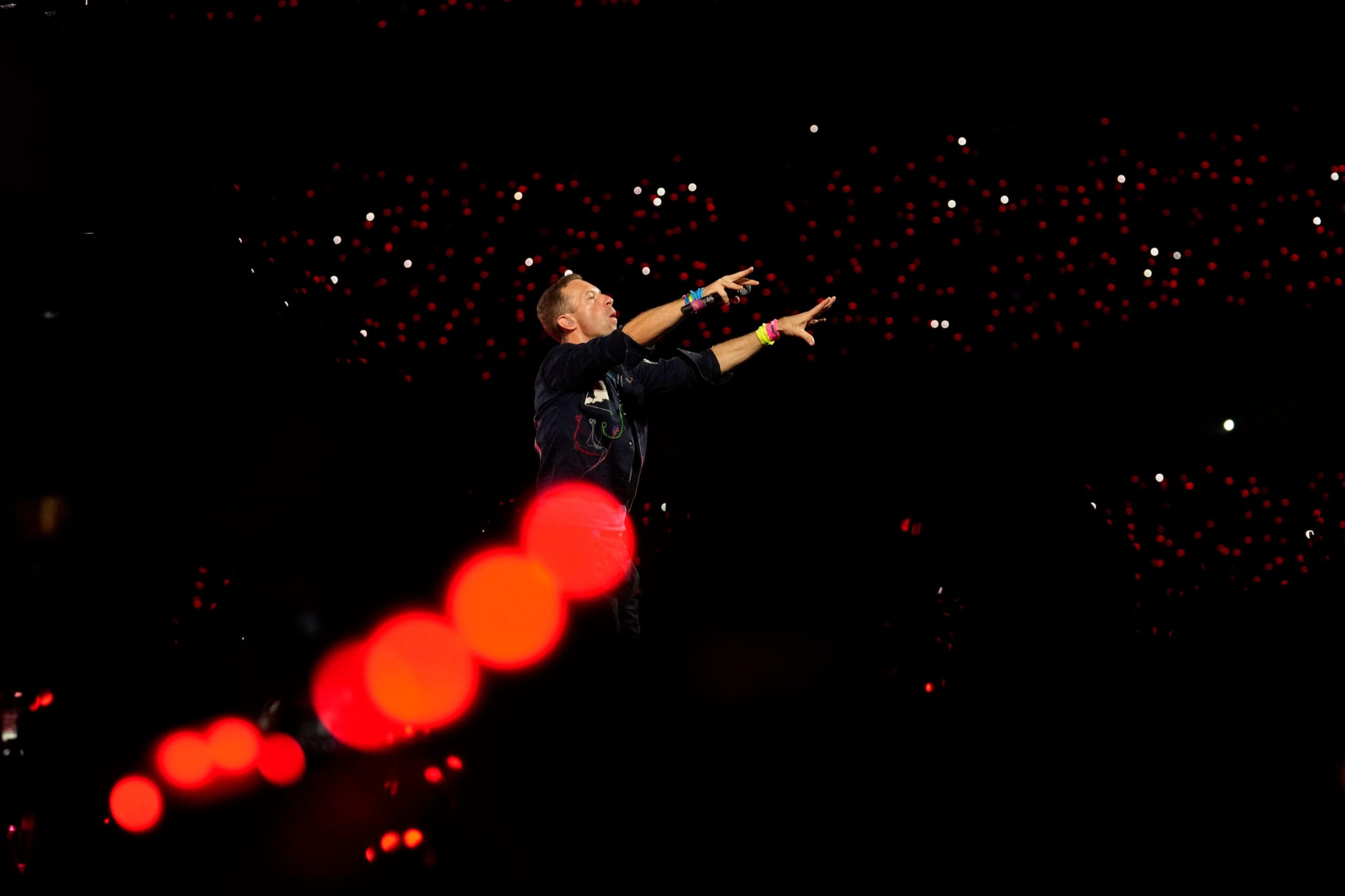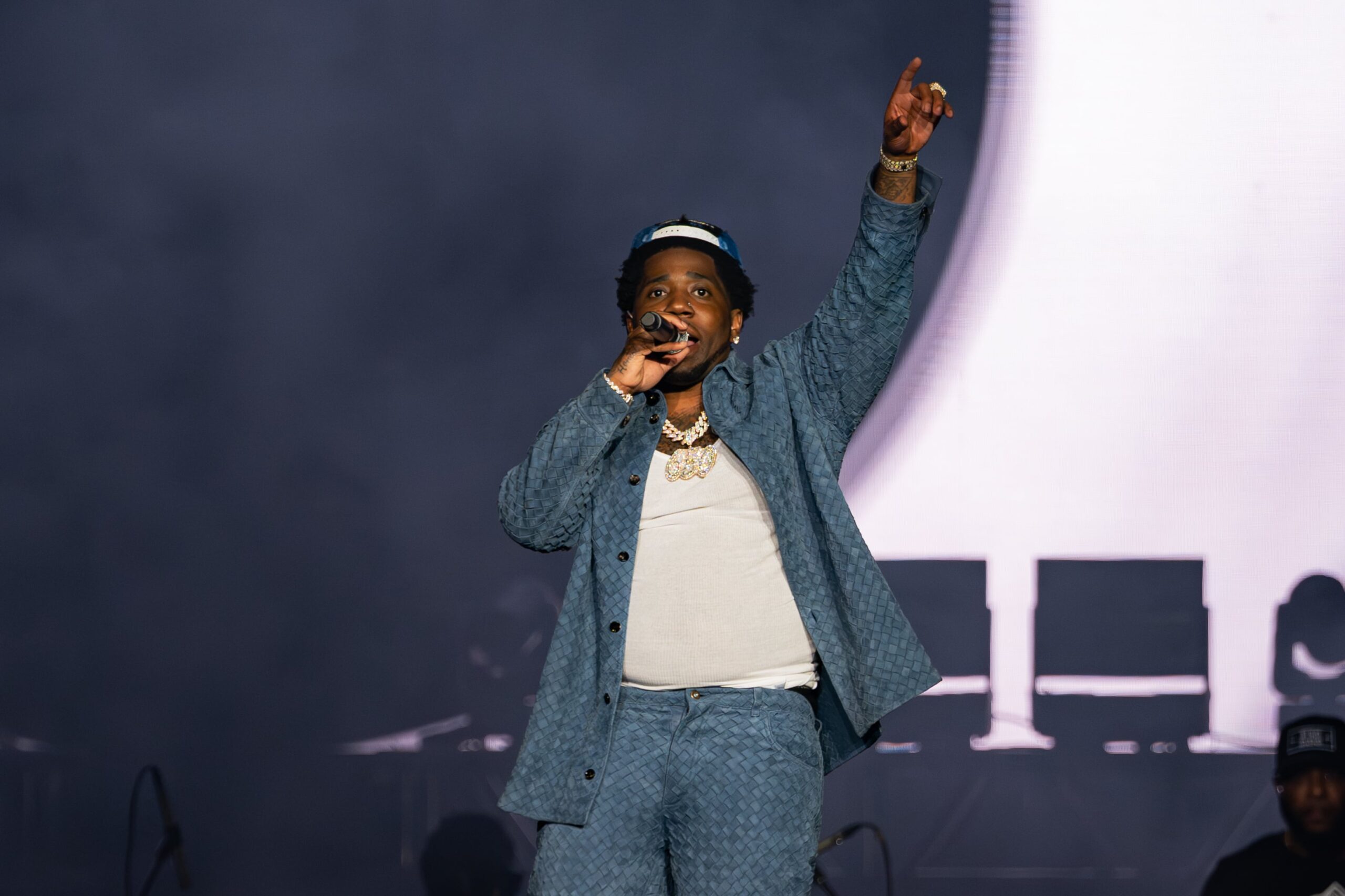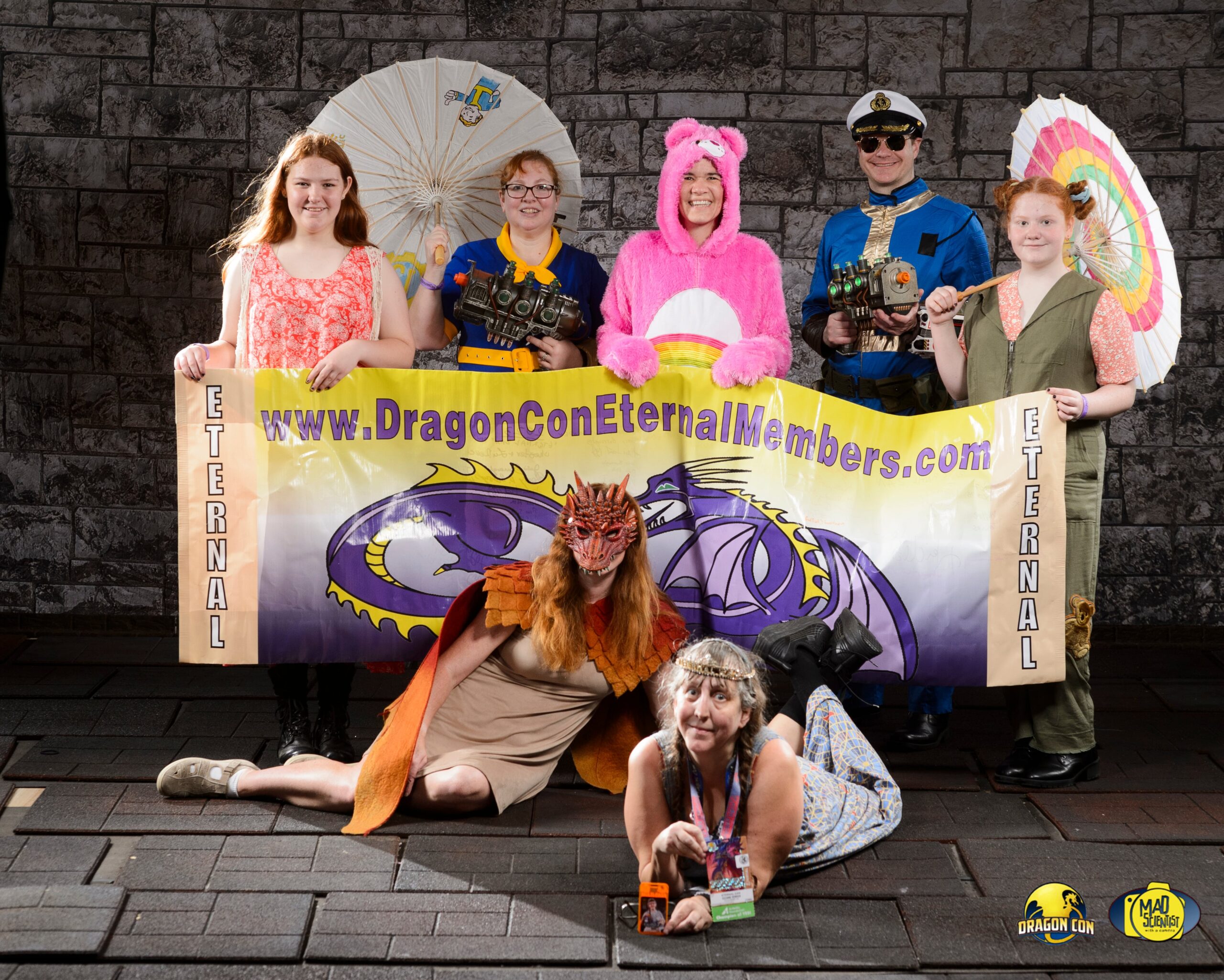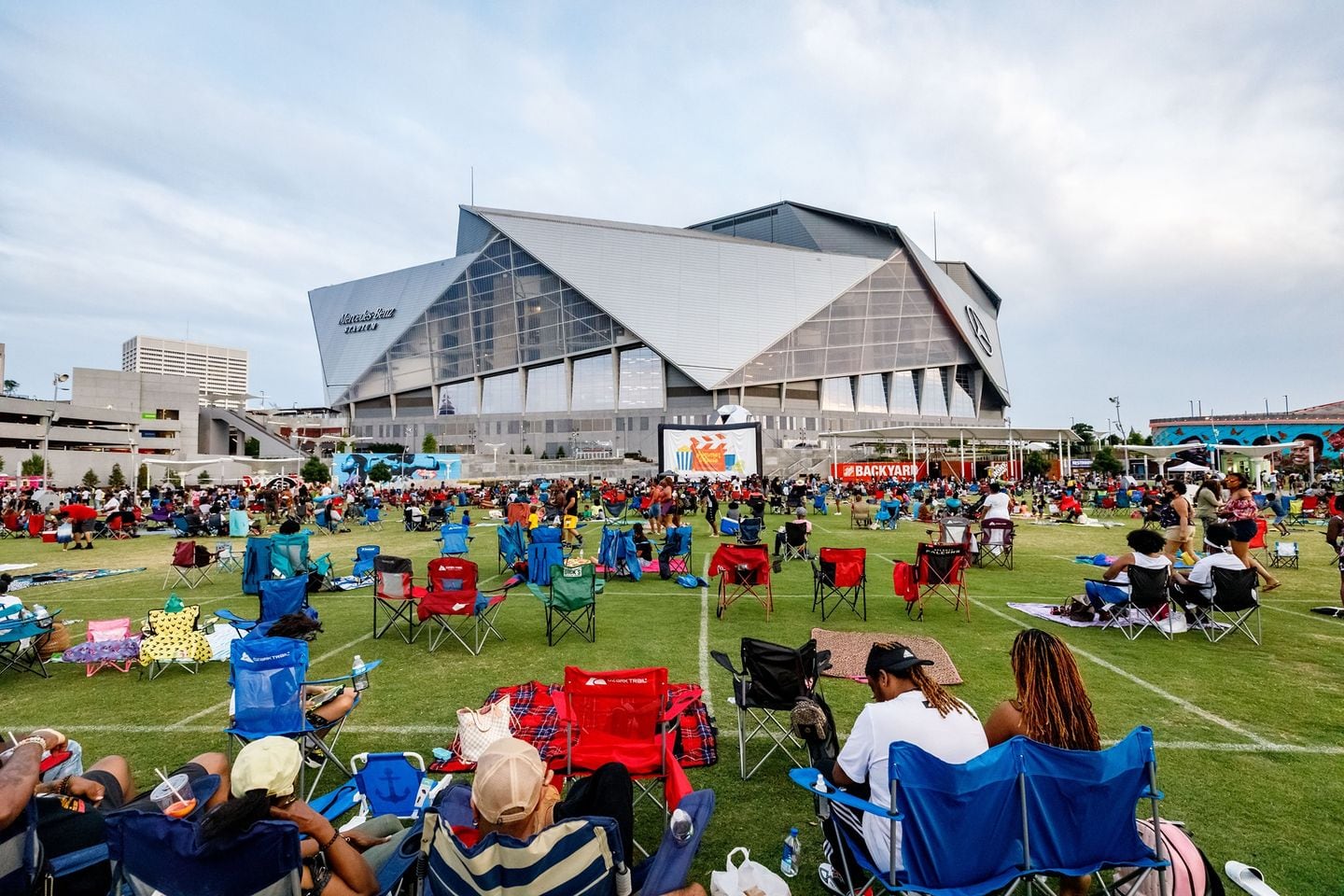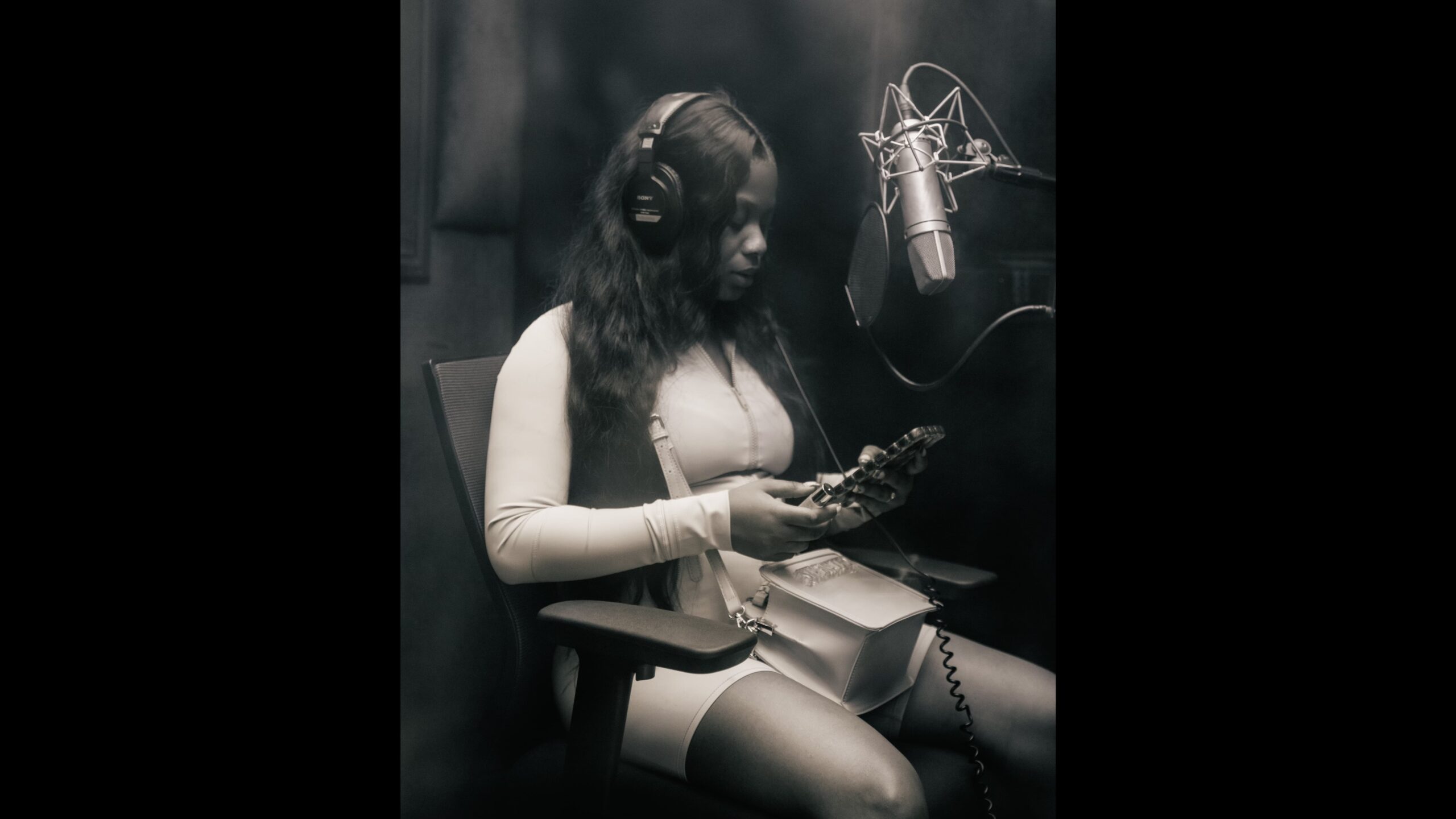Does being in public now entail any expectation of privacy in an age of social media sharing that happens at breakneck speed and where cameras are all but inevitable? Is every experience just something to be shared with the world?
Cameras are everywhere
It’s no secret that a large portion of our lives are being captured on camera these days.
Businesses, schools, and neighborhoods employ a lot of video monitoring all day and all night long, from CCTV security systems to Ring doorbells. For years, sporting events and music venues have also been filming spectators, frequently showing the rest of the audience amusing snippets of audience engagement. To put it briefly, the on-scene viewer becomes the focal point and an integral element of the product.
Of course, anyone with a smartphone in their pocket can capture almost anything, and if it appeals to other social media users, the video can spread swiftly online.
The quick rise in popularity of last week’s KissCam moment, according to Ellis Cashmore, author of the book Celebrity Culture, likely provides an answer to a question that many people have been asking for years: Is the private life still what it was? He adds that the solution is that, of course, the private life no longer exists. Not in the conventional meaning of the word, for sure.
Mary Angela Bock, an associate professor at the University of Texas at Austin’s School of Journalism and Media, adds, “I’m not sure that we can assume privacy at a concert with hundreds of other people.” On the street, we can no longer presume privacy.
From love music played by artists during their performances to timeouts during sporting events, some form of the KissCam has long been a mainstay at major gatherings. Most locations have signs alerting attendees that they may be videotaped while the event is happening, but it’s easy to miss. Experts point out that the speed at which those moments might transcend the actual location where they transpire has changed in recent years.
That goes beyond what is displayed on a jumbotron. Sometimes a single individual in the crowd can record any encounter with their phone and upload the footage to the internet, where it can be viewed by people all over the world.
Bock adds, “It’s not just the camera.” What’s new and crazy is the distribution system.
Once something’s viral, doxing often follows
Following the dissemination of the video or images, there is the second ring of exposure.
Similar to how the internet hurried to identify those engaged in the Coldplay moment, for example, experts point to an increasing number of social media users hurrying to publicly identify, or dox, the individuals caught on tape. Both the chief people officer and the now-former CEO of Astronomer had their LinkedIn pages blocked on Monday, and neither could be reached for comment by The Associated Press.
But firm leaders aren’t the only ones. Technology advancements like artificial intelligence (AI) have made it easier and faster overall to find almost anyone in an online post, going beyond someone merely noticing a familiar face and spreading the message. Experts caution that this can occur with everyday social media posts of images and videos, even if they don’t become viral.
The ease with which biometrics can identify us, the visibility of our faces online, the ability of social media to follow us, and the transformation of the internet from a platform for communication to a massive surveillance apparatus are all a little unnerving, according to Bock. When you stop to think about it, our social media is monitoring us. In return for keeping us entertained, they are tracking us.
Naturally, others who weren’t on camera can also be affected by such incidents. Even though it’s so simple to identify online these days, the internet is infamous for its wide scope and inconsistent accuracy. That occasionally results in harassment of those who aren’t directly involved.
For instance, a third individual was spotted close to the two people on video at last week’s Coldplay concert, and many social media users assumed that she was another Astronomer employee. This led to a barrage of posts that targeted her. However, the corporation later stated that no other employees were in the video that was making the rounds online and that she was not present at the event.
We may discuss right and wrong as well as whether they deserved it at this now-viral moment, according to clinical associate professor Alison Taylor of New York University’s Stern School of Business. However, Taylor points out that receiving a lot of abuse and harassment online is a really frightening experience. This is the work of actual human beings.
There are few legal constraints to prevent individuals from uploading widely distributed web footage of encounters filmed from everything from a concert to the street, and it’s difficult to believe that these kinds of viral moments will ever go away. On a personal level, however, Bock believes it can be beneficial to consider what you’re sharing before sharing it and to consider whether it’s true.
According to Bock, social media has undergone significant development. However, as a culture, we haven’t really kept up with the technology in terms of morality and manners.
___
This report was written by Kelvin Chan and Hilary Fox of the Associated Press.
